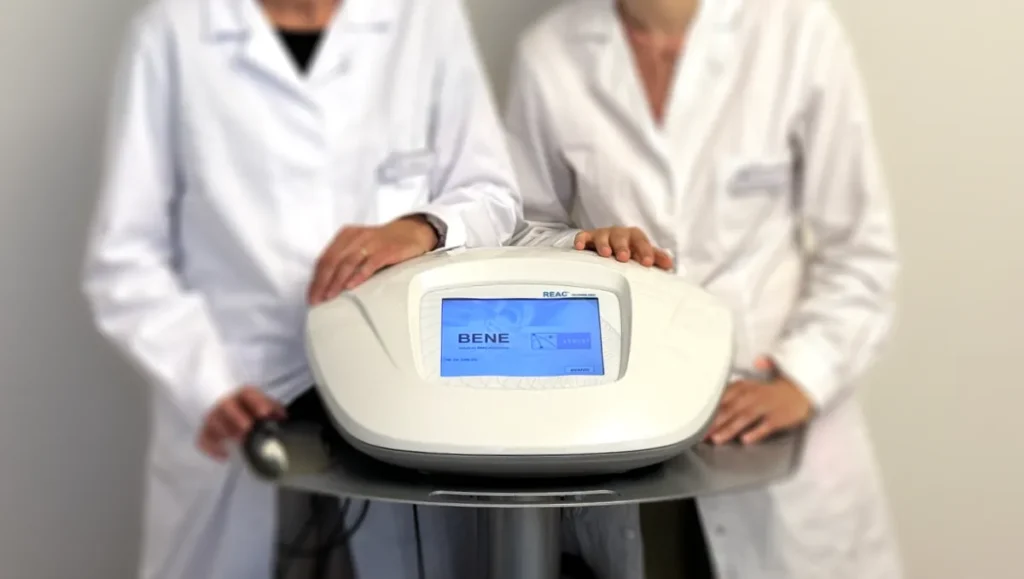A new certified, non-invasive, drug-free and side-effect-free therapeutic model could save the Spanish system more than 7.5 billion euros a year if massively integrated in companies, hospitals and clinics.
Anxiety, chronic stress and depression today pose one of the greatest threats to productivity, mental health and the sustainability of the health system in Spain. According to the latest available data, these disorders cause annually more than 20 million working days lostat an estimated cost of between 8 and 10 billion euros in absenteeism, long-term sick leave, lost productivity and pharmaceutical expenditure.
But what if there was a natural, non-addictive and highly effective therapy that could progressively reverse these disorders in just a few months?
A solution that already exists, but few know about
The teacher Salvatore Rinaldi of the Italian research centre Rinaldi Fontani (Florence), reveals that this therapy is already a reality. It is based on certified medical technology which emits ultra-low intensity and asymmetrically modulated radio-electric fields. Its function: to restore the cellular bioelectrical balance altered by chronic stress and activate natural neurosensory recovery processes, without resorting to drugs or direct psychological intervention.
A number of clinical and observational studies show sustained improvement in symptoms of anxiety, depression and burn-out in treatment cycles ranging from 1 and 6 monthswith a higher response rate than 85%. Each session lasts about 5 minutes, does not require active supervision and can be used in clinics, workplaces or hospital settings.

The economic model: when caring for health is profitable
The Italian institute, which in addition to research has been treating patients from all over the world, who have been hopelessly ill by medicine for more than 30 years, is used to crunching numbers and has a clear perspective.
Conservative financial analysis estimates that treating 1 million patients per year with this technology would entail a total investment of some 2.5 billion. However, the potential savings for the system - between companies, social security and public health care - would exceed 7.5 billion per year.
In addition, it would require only 83 medical devices to cover that volume of patients, since each team can treat up to 12,000 people per yearThe new, maintenance-free, decades-long service life.
The annual net return for the country would exceed 5 billion euros.
Social impact: fewer casualties, fewer drugs, fewer suicides
Beyond the economic savings, the human benefits are even more relevant:
- Significant reduction in the use of psychotropic drugs and their side effects.
- Decrease in long-term sick leave and emotional withdrawal from the labour market.
- Prevention of social isolation and suicidal risk, which affects an increasing proportion of patients with severe depressive disorders.
- Improving work climate, motivation and talent retention in companies.

What is missing to adopt it?
The technology exists, works and is certified. The only thing missing is institutional and business willingness to integrate it as a preventive and therapeutic tool within occupational health plans, hospital mental health circuits or corporate wellness programmes. In Brazil, it is already incorporated in public health care and in many private hospitals, not only to treat patients, but also for prevention and care of health care personnel and at-risk professions.
At a time when the emotional and economic costs of stress have become unsustainable, focusing on innovative, non-invasive and clinically proven solutions is an unprecedented opportunity to transform the way we care for mental health in Spain. Investing in welfare is not only urgent. It is also cost-effective.






